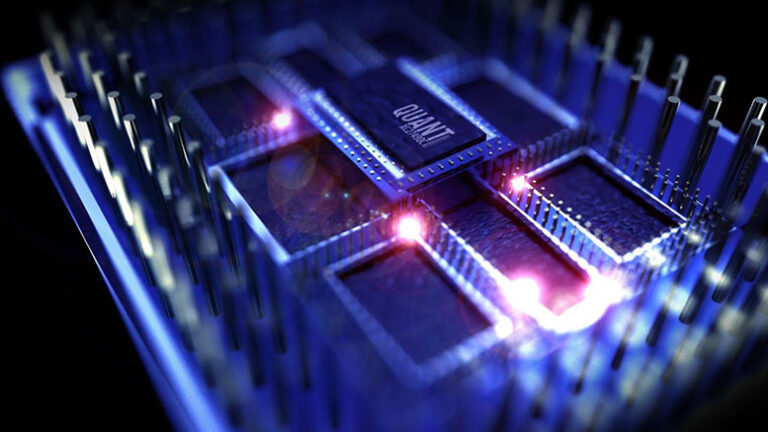Robotics Operating System (ROS)
Table of Contents
Robotics Operating System (ROS) is a widely-used open-source framework for building robotic applications. It provides a collection of software tools and libraries that simplify the process of creating complex and robust robot behaviors.
ROS has gained immense popularity in the robotics community due to its flexibility, scalability, and versatility. In this article, we will explore the various aspects of ROS and how it is revolutionizing the world of robotics.
What is Robotics Operating System (ROS)?
ROS is not an operating system in the traditional sense, but rather a middleware framework that runs on top of existing operating systems such as Linux.
It provides a set of tools, libraries, and conventions to help developers build and manage complex robot applications.
ROS was originally developed by Willow Garage, a robotics research lab, and is now maintained by the Open Source Robotics Foundation (OSRF).
Key Features of Robotics Operating System
1. Modularity: One of the key features of ROS is its modular architecture. ROS applications are composed of small, independent nodes that communicate with each other using a publish-subscribe messaging system. This allows developers to easily add, remove, or update individual components of a robot system without affecting the rest of the system.
2. Hardware Abstraction: Robotics Operating System provides a hardware abstraction layer that allows developers to write robot applications without worrying about the specific hardware components. This makes it easy to port ROS applications to different robot platforms with minimal modifications.
3. Visualization Tools: ROS comes with a set of powerful visualization tools that allow developers to monitor and debug their robot applications in real-time. These tools include RViz for 3D visualization, RQT for graphical user interface development, and rosbag for recording and playback of robot data.
4. Community Support: ROS has a large and active community of developers, researchers, and robot enthusiasts who contribute to the development and improvement of the framework. This vibrant community provides a wealth of resources, tutorials, and libraries that make it easy for newcomers to get started with ROS.
Applications of ROS

ROS is used in a wide range of robotic applications, including industrial robots, autonomous vehicles, drones, and humanoid robots.
Some of the common applications of Robotics Operating System include:
1. Robot Manipulation: ROS is widely used in industrial robotics for tasks such as pick-and-place, assembly, and welding. It provides libraries for motion planning, path optimization, and collision detection that are essential for robot manipulation tasks.
2. Autonomous Navigation: ROS is popular in the field of autonomous navigation for drones, self-driving cars, and mobile robots. It provides libraries for sensor fusion, localization, mapping, and path planning that enable robots to navigate autonomously in complex environments.
3. Human-Robot Interaction: ROS is also used in applications that involve human-robot interaction, such as social robots, assistive robots, and telepresence robots. It provides libraries for speech recognition, gesture recognition, and facial expression analysis that allow robots to interact with humans in a natural and intuitive way.
Advantages of Using ROS
1. Open-Source: Robotics Operating System is open-source software, which means that it is freely available for anyone to use, modify, and distribute. This makes it easy for developers to collaborate and share their work with others in the robotics community.
2. Scalability: ROS is designed to be scalable, which means that it can be used to build robot applications of any size and complexity. Whether you are building a small mobile robot or a large industrial robot, ROS provides the tools and libraries you need to get the job done.
3. Versatility: ROS is a versatile framework that can be used in a wide range of robotic applications. Whether you are working on robot manipulation, autonomous navigation, or human-robot interaction, ROS provides the flexibility and adaptability you need to tackle any challenge.
Future of Robotics Operating System
As robotics technology continues to advance, the demand for sophisticated robot applications is also increasing.
Robotics Operating System is well-positioned to meet this demand by providing a flexible and scalable framework for building complex robot behaviors.
With the support of a vibrant community and ongoing development efforts, ROS is set to revolutionize the world of robotics and pave the way for the next generation of intelligent robots.
In conclusion, Robotics Operating System (ROS) is a powerful and versatile framework that is revolutionizing the world of robotics.
With its modular architecture, hardware abstraction, visualization tools, and community support, ROS provides the tools and libraries developers need to build complex and robust robot applications.
As robotics technology continues to evolve, ROS will play a key role in shaping the future of intelligent robots.



